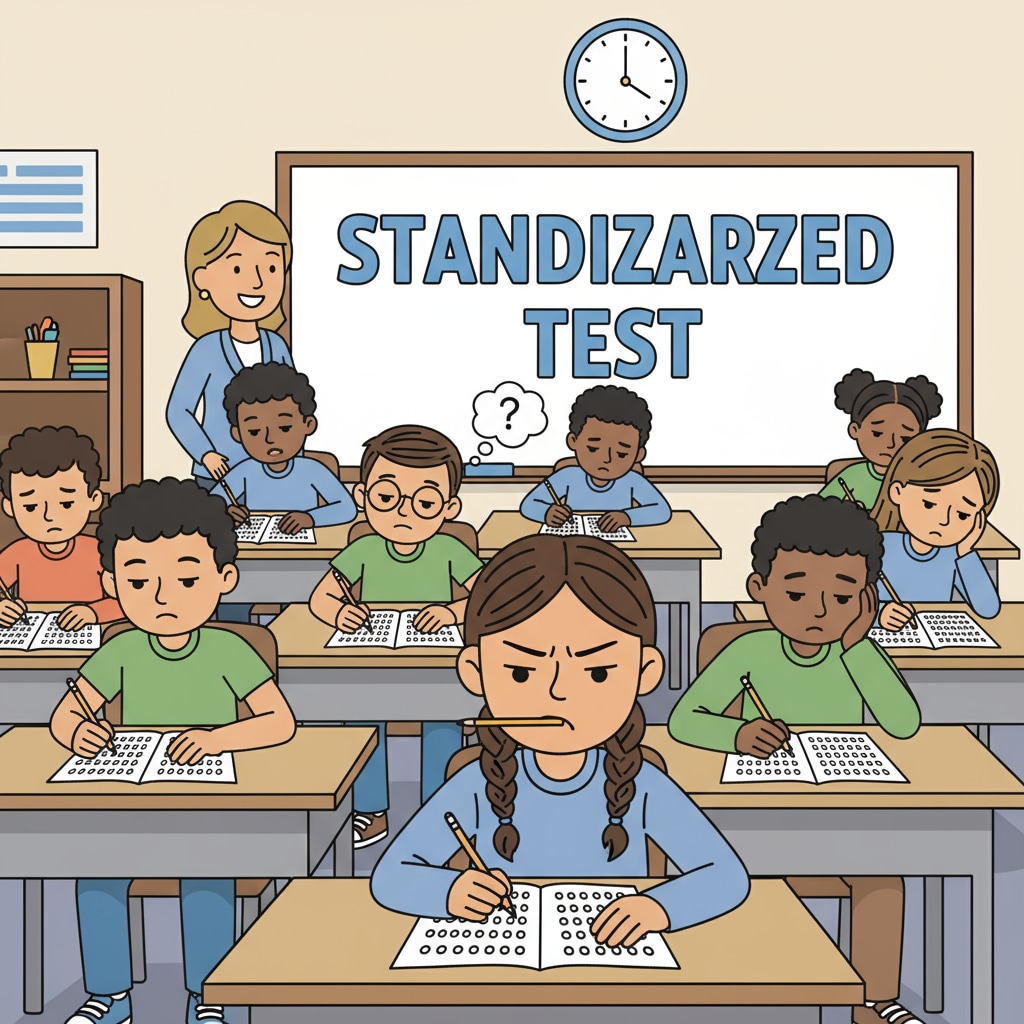American education, social screening, and class differentiation are intertwined aspects that significantly shape the US society. The US school system, which is often hailed as a beacon of equal opportunity, is, in reality, a subtle yet powerful mechanism for social class screening. It presents a facade of equality while quietly deepening the divides between different social strata.

The Illusion of Equal Education
On the surface, the US education system appears to offer equal opportunities to all students. Public schools are funded by local taxes, and there are laws in place to ensure non-discrimination. However, this is just an illusion. In reality, the quality of education varies greatly depending on the socioeconomic status of the neighborhood where a school is located. For example, schools in affluent areas often have state-of-the-art facilities, highly qualified teachers, and a wide range of extracurricular activities. On the contrary, schools in low-income neighborhoods struggle with limited resources, overcrowded classrooms, and high teacher turnover rates. According to National Center for Education Statistics, students from disadvantaged backgrounds are more likely to attend schools with fewer resources, which sets them at a disadvantage from the start. This unequal distribution of resources is a key factor in the social screening process within the education system.
Biased Evaluation Criteria
Another aspect that contributes to social class screening in American education is the biased evaluation criteria. Standardized tests, which play a crucial role in determining a student’s academic progress and future opportunities, are often criticized for being culturally and socially biased. These tests tend to favor students from more privileged backgrounds who have access to better test preparation resources and a more enriching learning environment. For instance, vocabulary and reading comprehension questions in standardized tests may assume a certain level of cultural knowledge that is more commonly found among upper-class families. As a result, students from lower social classes may perform poorly not because of their lack of intelligence but due to the unfair nature of the tests. Moreover, college admissions processes also take into account factors such as extracurricular achievements, family connections, and alumni status. This further disadvantages students from less privileged backgrounds, as they may not have the same opportunities to participate in high-profile extracurricular activities or have influential family networks. Education Data shows that students from wealthy families are more likely to gain admission to top-tier universities, highlighting the role of biased evaluation in class differentiation.

In conclusion, the US school system, despite its claims of providing equal education, has become an instrument for maintaining the existing social class structure. The unequal distribution of resources and biased evaluation criteria are just two of the many factors that contribute to social screening and class differentiation. To truly create an education system that fosters equal opportunity and social mobility, it is essential to address these underlying issues and work towards a more equitable distribution of educational resources and a fairer evaluation system.
Readability guidance: Short paragraphs and lists are used to summarize key points. Each H2 section provides a list of related issues. The proportion of passive voice and long sentences is controlled, and transition words are scattered throughout the text to enhance readability.


